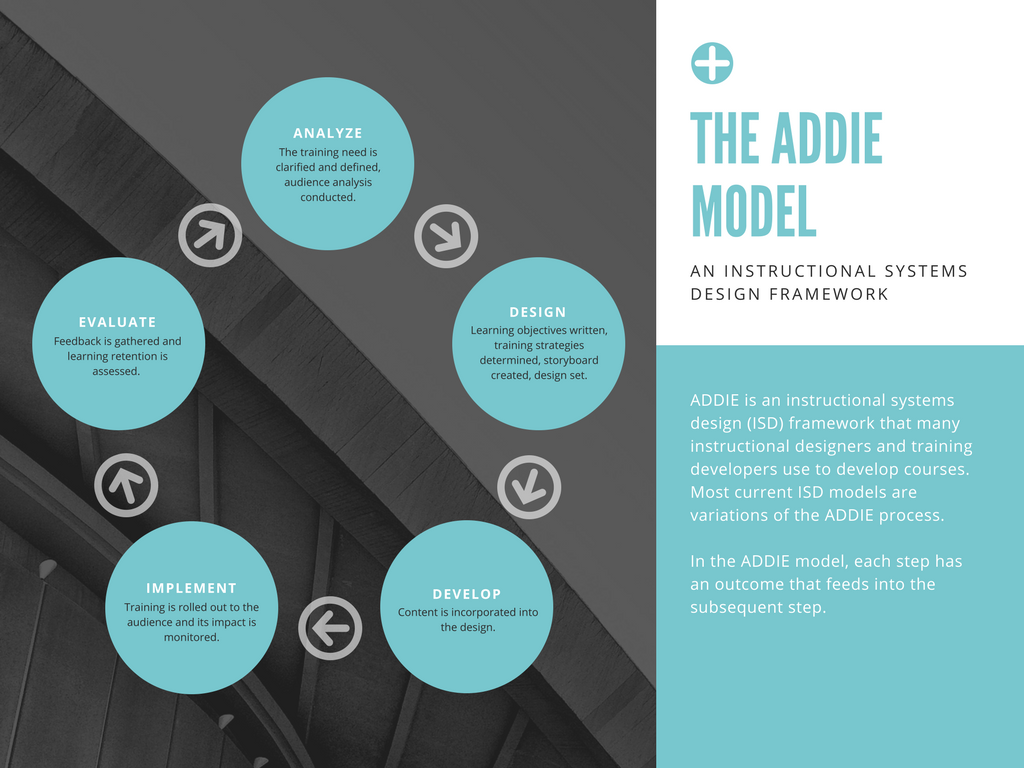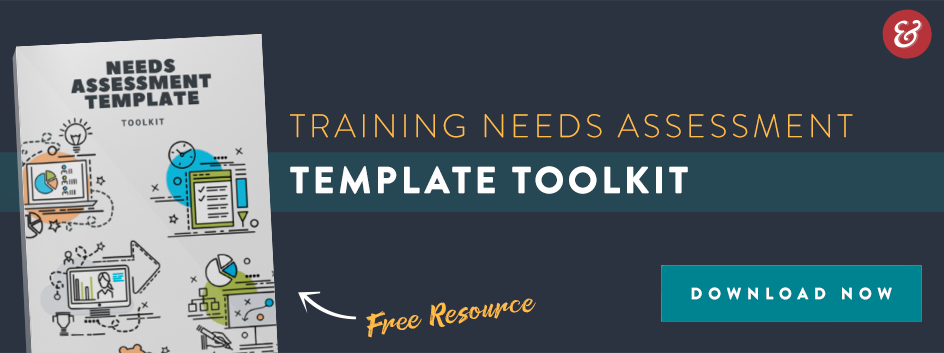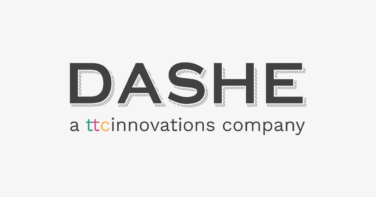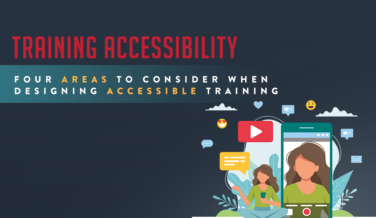Maximize Learning With a Training Needs Assessment
INTRODUCTION
When building a house, you always need to start with a strong foundation. The same rules apply when building a successful training program. A training needs assessment lays the necessary groundwork for identifying the true need and how your learners will best receive the required training.
Perhaps you’re already on board with laying this foundation, but you’re not sure where to start. Your leadership may be throwing around smart-sounding buzzwords like gap analysis, audience analysis, and job/task analysis, and you aren’t sure which one you need. What a jumble of words to complicate a very important process! In this post, we’ll break down these terms and more.
THE TRAINING NEEDS ASSESSMENT, EXPLAINED
Simply put, a training needs assessment is your diagnostic tool to identify the real learning needs within an organization. These assessments are conducted when your organization is facing a business problem or goal and you need to determine whether training is needed, and if so, who needs it, and how it should be designed and delivered for the learners in your organization.
You may be wondering two things:
- How is this different from a training evaluation?
The best way to explain it is this: the “A” in training needs assessment corresponds with the “A” (for Analysis) in the ADDIE model of instructional design. The training needs assessment is one way to accomplish the analysis prescribed by this model.

A training evaluation, however, corresponds with the “E” in ADDIE, measuring the training’s effectiveness. One way to evaluate training is to administer a quiz, test, or exam to determine the learners’ retention.
In short, training needs assessment corresponds with analysis, while training evaluation corresponds with tests. To distinguish between the two for your business partners, you may find it helpful to emphasize the word “need.”
- How is this different from scoping a training project?
We typically talk about training needs assessment in the context of an organization, which could include multiple job roles and skill sets. A recommendation from a training needs assessment could result in several training projects (each of which would then need to be scoped).
When we talk about scoping a training project, however, what we are really doing is identifying and defining requirements for that particular initiative.
While there is no one-size-fits-all training needs assessment, most often, they consist of three parts: information gathering, data analysis, and solution recommendations. A seasoned solution architect can help you navigate each step of the process so you can customize it to the unique needs of your organization.
PART ONE: INFORMATION GATHERING
To assess training needs, you may need to collect data from a variety of sources.
You will need to audit existing training content and performance support materials, which could include formal curriculum as well as policy or procedure manuals.
You may work with the LMS function to request data related to training completion rates and learner enrollment.
You may need to request job descriptions and employee survey data from human resources. Depending on the scope of the needs assessment, you may need to obtain data related to performance management and employee turnover. Especially if these are identified as the business problem or target area for improvement.
You will need to speak with leaders and stakeholders, trainers, subject matter experts, and the employees who will receive the training.
That may sound like a lot – and it is – but here are some ways you can go about gathering this information:
- Phone interviews with leaders and trainers
- Face-to-face interviews with leaders, trainers/SMEs, specific employees, and L&D team
- Employee survey/questionnaire (online, delivered to all employees and leaders, focused on training content, delivery methods, and timing)
- Current curriculum and content review
- Direct observation
- Focus groups
PART TWO: DATA ANALYSIS
Data is a very broad term. Here, it means every bit of information gathered during Part One. There are multiple types of analysis you might undertake, and here’s where we start to see some new terminology.
Organizational Analysis
This type of analysis is a high-level look at business needs and why training is thought to be the required solution. You can find a more in-depth guide to this type of analysis here. What are the organization’s overall goals, specific objectives, and strategies to get to the desired future state? What is the financial justification for this training? What resources are currently available for training? Is there executive buy-in for this training, and what does that look like?
Audience Analysis
During this analysis, the focus is on the learners. We’ve written extensively about this here. From the survey results during the data-gathering phase, and information gleaned during interviews, you will discover who needs the training, what their learning styles are, how much they already know, and how they feel about the training. You might use tools like empathy maps and learner personas to make modifications based on what you find.
Root Cause Analysis
A root cause analysis does exactly what it implies: gets to the root of the problem. Training might not always be the right solution. Each problem and underlying root cause leads to a variety of solutions, depending upon which they’re found: lack of knowledge/understanding, lack of belief/motivation, or lack of skill. If the real cause of performance issues is a lack of belief/motivation (buy-in) from employees, other solutions should be looked to for help.
Job Task/Work Analysis
A task analysis gets down to the fine details of exactly what the employee is doing in their individual roles. By observing the employee on the job, interviewing high performing employees and supervisors, and reviewing job descriptions, you’ll develop a detailed understanding of their actions on the job. You will discover what tasks are performed, in what order, and how frequently. You will learn what the employee needs to know to perform their job, and the skill level required before they begin. You should discover what information they need to know, and how to best fit it into their daily life, which will make the training more accessible and easy to retain.
Performance Analysis
This type of analysis is a look into how the company or department is performing as a whole. Generally, Key Performance Indicators (KPIs) and benchmarks are a good source of information to analyze performance. You can also look at more indirect links to employee performance, such as employee turnover, safety incidents, customer complaints, or issues with your product. This will determine if the need can be solved by training or should be reported to the business in another way.
Content Analysis
A content analysis dives into the training material that already exists. You’ll use data gathered from presentations, performance support materials, training manuals, eLearning modules, or whatever forms of training are currently being used. Along with a subject matter expert, you should analyze what material should be kept, changed, discarded, replaced, or updated.
Gap Analysis
After you conduct the previous analyses, you’ll have an idea where the gaps in learner knowledge exist, from what is currently taught in existing training, and what needs to be added, and be able to determine appropriate learning objectives. You will also be able to identify which modes are appropriate for each type of training and prioritize the order in which the training should be received.
PART THREE: SOLUTION RECOMMENDATIONS
The final piece of a training needs assessment is to share your findings and propose recommendations. This includes prescribing a learning strategy, curriculum with learning paths, and learning objectives. In addition to this, your recommendation should include delivery modes, sequencing, and timing. You may also consider drafting a high-level training communication and implementation plan to include in your report. If your stakeholders accept your recommendations and give you the green light to move forward with your proposal, they will want to know how you plan to ensure their training investment is successfully received and consumed by the learning audience and how it will impact their business goals.

CONCLUSION
Without the infrastructure provided by a training needs assessment, there’s a strong possibility that your training will not connect to the behavior change or performance improvement your stakeholders expect to see. If you must create measurable results, a training needs assessment isn’t a nice-to-have, it’s a need-to-have.

Continue reading

Dashe joins ttcInnovations
Learn More
Embracing the Future: Early Adopters of Generative AI for Learning
Learn More
Four Areas To Consider When Designing Accessible Training
Learn MoreCommitted to
finding solutions
